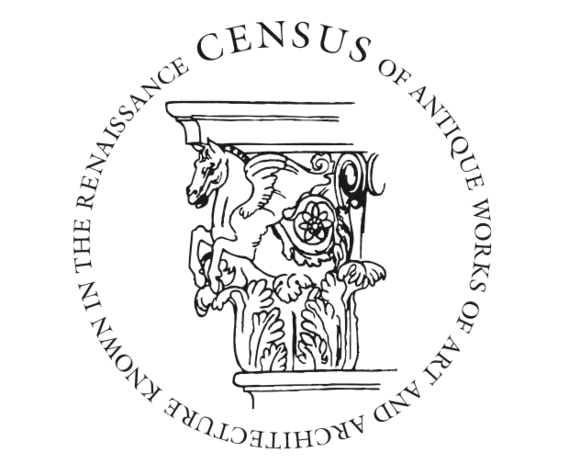Databases relevant for Strada's numismatic work
The Census of Antique Works of Art and Architecture Known in the Renaissance is a project begun in 1946 by Philis Pray Bober and Ruth Olitsky Rubinstein at the Warburg Institute in London, dedicated to the documentation and research of antiquities known in the Renaissance period (1400-1600). It was digitised in the 1980s under Arnold Nesselrath. Since 1995, the project has been based at the Humboldt-Universität zu Berlin, and its director is linked to the chair of Early Modern Art at the Institute of Art and Visual History at the Humboldt-Universität zu Berlin, which Kathleen Christian has held since 2021.
As the Census is an integral part of the chair, the permanent preservation and accessibility of the data is guaranteed. Since March 2023, the Census database has had a new, more user-friendly web environment. The database is open access and accessible through standard web browsers. It provides an API (Application Programming Interface) for connecting additional services. Records can be downloaded in several pre-configured file formats. The version history of records can be retrieved, including the labelling of changes. The database has an elaborated rights management system. The research data are freely available and can be used. The rights of use of the digitised images are noted. Licence-free images can be downloaded, licensed images either with restrictions or not at all.
Overview of coin drawings and coin descriptions included in the Census database
The Translatio Nummorum database was launched in 2009 as part of the project of the same name at the Kunsthistorisches Institut in Florence - Max Planck Institute. It is a joint project of the Berlin-Brandenburg Akademie der Wissenschaften, the Münzkabinett der Staatlichen Museen zu Berlin Preußischer Kulturbesitzand the Census of Antique Works of Art and Architecture Known in the Renaissance funded by the Bundesministerium für Bildung und Forschung from 2009 to 2012. The Translatio Nummorum project is part of the Digital Libraries Connected project. This is a freely accessible publication platform for digital documents and collections from currently four libraries of the Max Planck Society. In addition to the portal function, it offers extensive options for the use of content and metadata, a selection of different viewers and a wide range of citation and linking options. The content is constantly being expanded.
The Kunsthistorisches Institut in Florence (KHI) owns a number of the most important numismatic books from the 16th and early 17th centuries, which have been successively digitised, transcribed and made available online as a digital collection with a virtual research environment for free consultation. In the future, other works will be added to the database, which will be further expanded and completed using proven tools.
According to the KHI, it has been determined that the content of the DLC can be used without restriction. The numerous export functions, which allow documents, images, metadata, etc. to be extracted and imported into new environments using standardised data formats, where they can be further processed, include unrestricted usage rights.
The documents, transcripts and metadata in the DLC are secured by a consolidated long-term archiving at the Gesellschaft für wissenschaftliche Datenverarbeitung mbH Göttingen (GWDG). The operators of the DLC have decided to operate the website in perpetuity.



